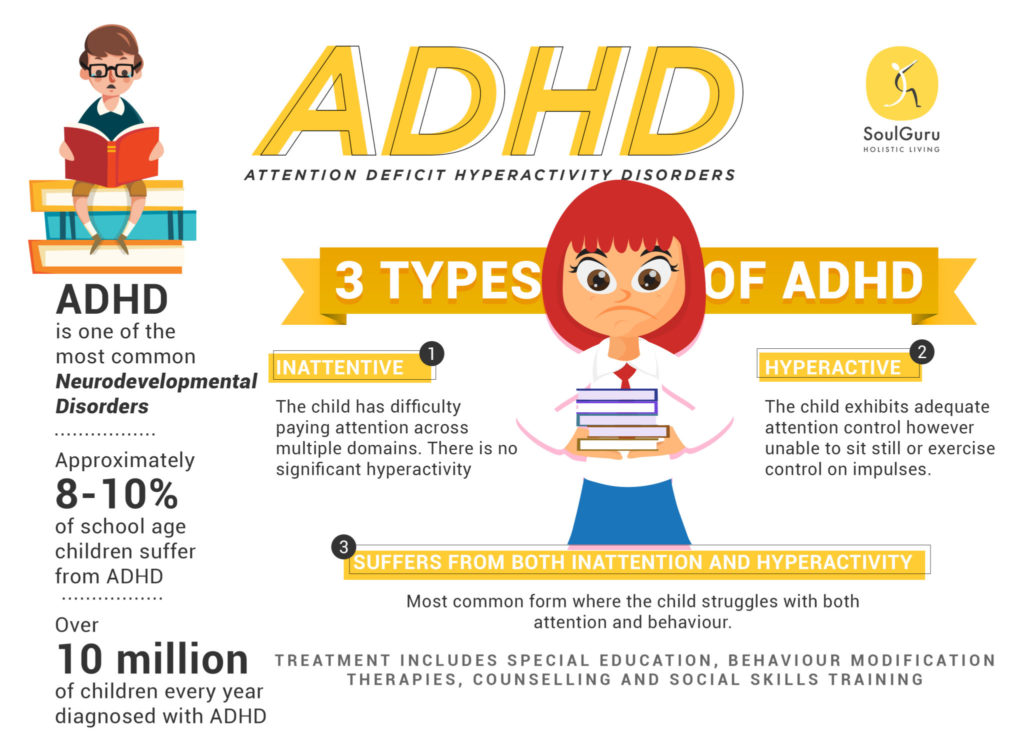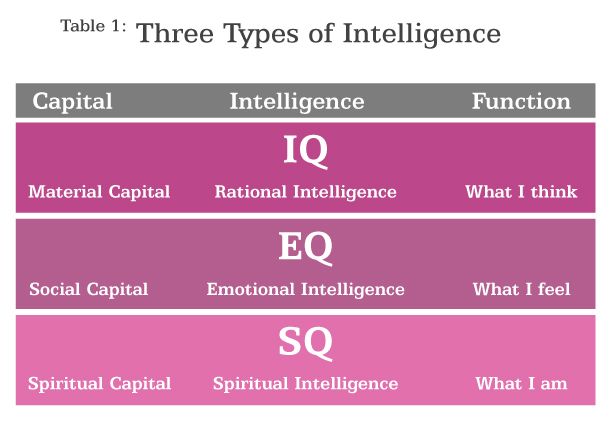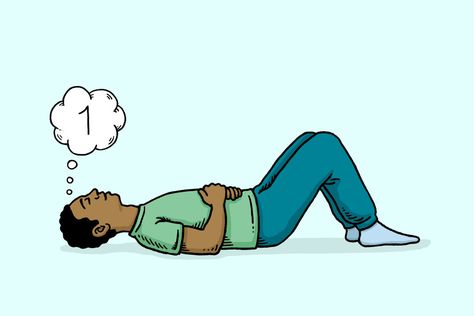What are inkblots
What's behind the Rorschach inkblot test?
Published
Few devices from the world of psychology have entered popular culture quite so much as Hermann Rorschach's famous inkblot test. But the test still divides psychologists, writes Dr Mike Drayton.
I first came across the Rorschach inkblot test when I was training to be a clinical psychologist. I was shown a series of cards containing inkblots and asked to say what they looked like to me (Tester: "What does this look like?" Me: "A bat.") I remember thinking that it felt more like a tarot reading than a proper psychometric test.
However, when the test was scored and interpreted, it produced a scarily accurate profile of my personality. It knew things about me that even my mother didn't know. I've been a fan, if a rather sceptical one, ever since.
So, what is the Rorschach inkblot test? It's simply a set of cards containing pictures of inkblots that have been folded over on themselves to create a mirror image.
The Rorschach is what psychologists call a projective test. The basic idea of this is that when a person is shown an ambiguous, meaningless image (ie an inkblot) the mind will work hard at imposing meaning on the image. That meaning is generated by the mind.
By asking the person to tell you what they see in the inkblot, they are actually telling you about themselves, and how they project meaning on to the real world.
But the inventor of the test, Hermann Rorschach, never intended it to be a test of personality.
Image caption,Some might see two elephants dancing
As a child, the young Hermann was a big fan of a popular game called Klecksographie, so much so that his nickname was Kleck. The idea of the game was to collect inkblot cards that could be bought from local shops and make associations and stories from the inkblots.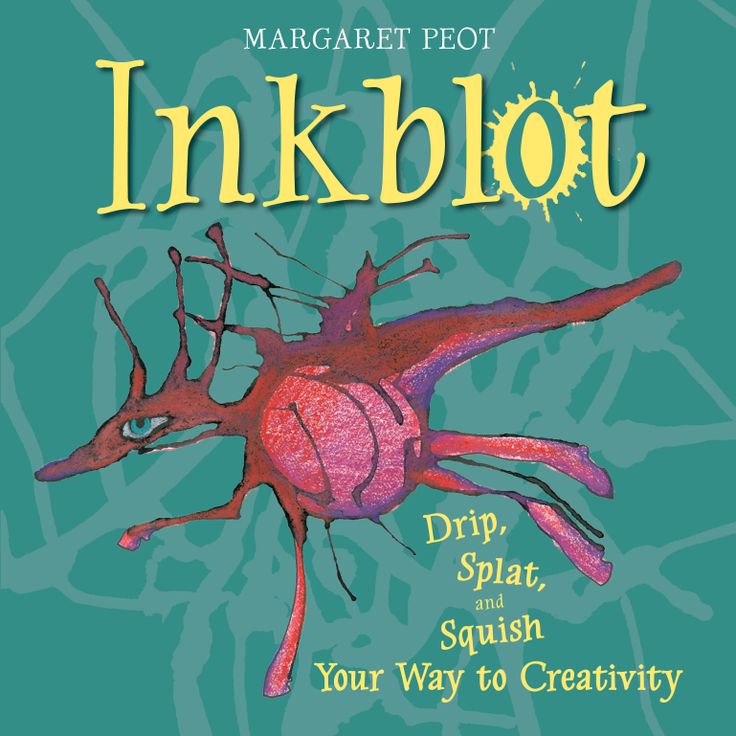
Rorschach went on to study psychiatry and while training, in 1918, he noticed that patients diagnosed with schizophrenia made radically different associations to the Klecksographie inkblots than did normal people. He therefore developed the Rorschach test as a diagnostic tool for schizophrenia.
It wasn't until 1939 that the test was used as a projective test of personality. Rorschach himself had always been sceptical about this.
This controversy about the reliability and validity of the Rorschach has been present since its conception. Today, many - probably most - psychologists in the UK think the Rorschach is nonsense.
Criticisms of the Rorschach have centred on three things:
First, some psychologists have argued that the testing psychologist also projects his or her unconscious world on to the inkblots when interpreting responses.
For example, if the person being tested sees a bra, a male psychologist might classify this as a sexual response, whereas a female psychologist may classify it as clothing.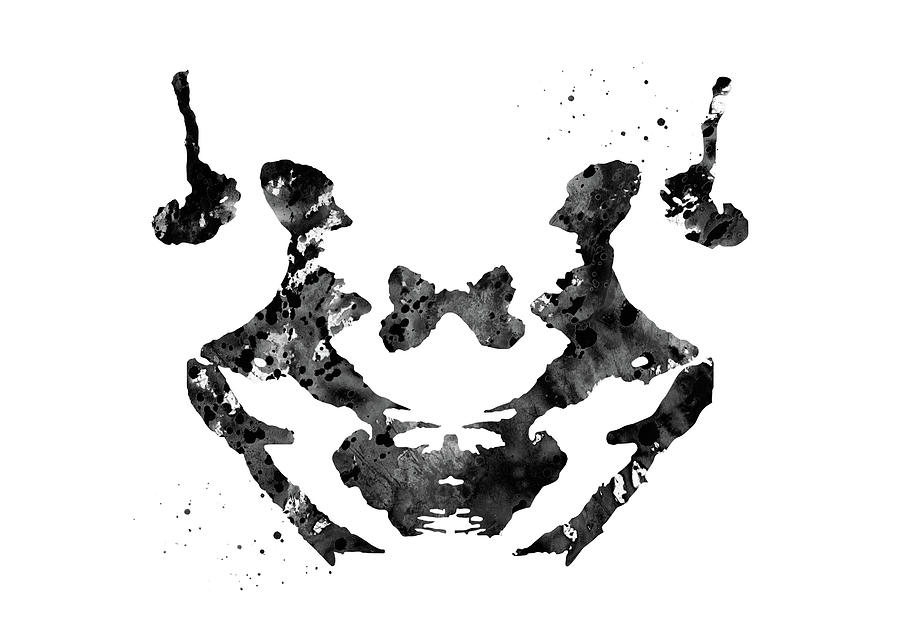
Second, the Rorschach has also been criticised for its validity. In other words, is it measuring what it says it is measuring? Rorschach was clear that his test measured disordered thinking (as found in schizophrenia) and this has never been disputed. But whether it accurately measures personality as well is up for debate.
Finally, critics have suggested that the Rorschach lacks reliability. Two different testers might come up with two different personality profiles for the same person.
I am also sceptical about the scientific validity of the Rorschach. But I do think it is a useful tool in therapy and coaching as a way of encouraging self-reflection and starting a conversation about the person's internal world.
Here's an example of how I have used the Rorschach:
Samantha is a 28-year-old lawyer. She is happily married and has recently discovered she is pregnant. She and her husband had been trying to conceive for the past year.
I used the Rorschach as part of a leadership coaching programme with her. To give you a flavour of the Rorschach in practice, here are her responses to this card.
To give you a flavour of the Rorschach in practice, here are her responses to this card.
"It's two people facing each other. You can see their heads, arms and legs spread out. (1) There is a big cooking pot between them. They are stirring the cooking pot, making food. (2) The thing in the middle is like two hearts - maybe it's meant to show that they are in love?
"(2) The red thing in the middle looks like a butterfly. I know it's silly - and probably because I'm pregnant, but the (3) red things on each side look like newborn babies with the umbilical cords still attached. When I think of that, the (4) two people could be a mummy and daddy holding a Moses basket or cot. Look, you can see the blanket round the side.
"(2) The red in the middle is their two hearts joined and is the baby. (1) They could be fighting for the baby, like a tug-of-war with the cot. That reminds me of work, which I haven't thought about for ages. Parents divorcing and fighting over the children. God forbid that would happen to me."
Parents divorcing and fighting over the children. God forbid that would happen to me."
Samantha is a well-adjusted, confident and successful woman who is experiencing a particularly happy period in her life. It is clear to see how she projects the themes of her current life on to the inkblot.
There is a strong theme of partnership and attachment. The two people making something ("stirring the cooking pot"), alludes to Samantha's pregnancy. This theme is then reinforced ("the red things on each side look like new-born babies with the umbilical cords still attached"), and then instantiated ("the two people could be a mummy and daddy holding a Moses basket or cot").
Anxiety is the opposing emotion to joy in Samantha's emotional dynamic. Worries about future conflict with her partner intrude into her narrative ("they could be fighting for the baby, like a tug-of-war with the cot").
This is only a snapshot. There were many other things in Samantha's Rorschach that opened the doors to how her internal psychological world impacted on her life at home and work.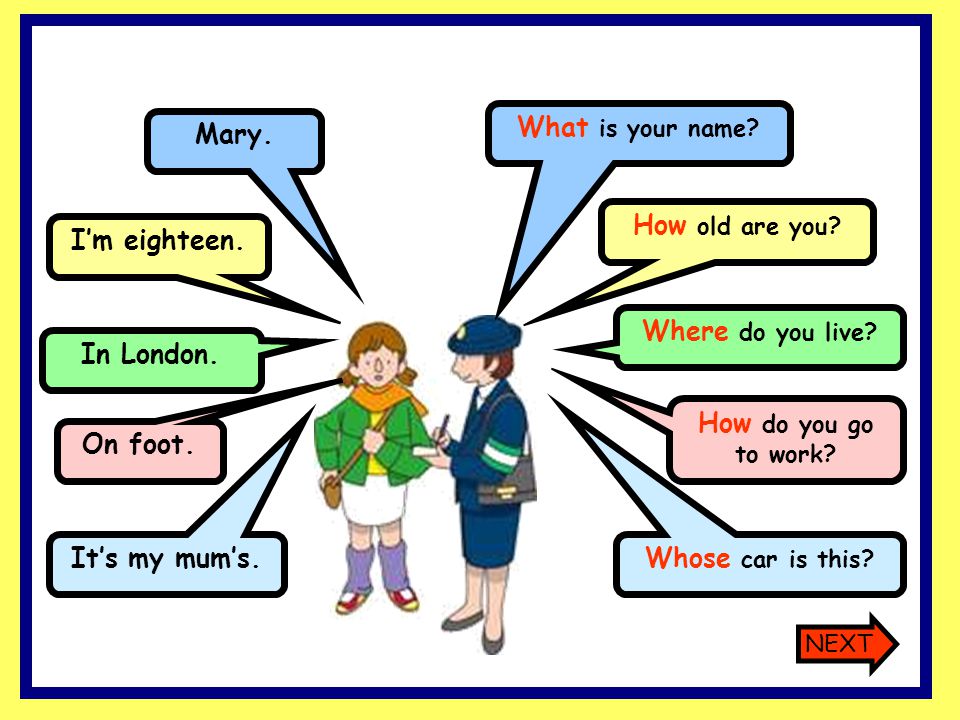
What Is the Rorschach Inkblot Test?
This psychological test can help doctors analyze your personality and was once used to diagnose mental illnesses like schizophrenia.
Doctors often use tools and rating systems to ensure accuracy and consistency when making a psychological diagnosis.
The Rorschach inkblot test, also known as the Rorschach test, is sometimes used alongside other approaches to diagnose personality and mental health disorders. Chances are, you’ve seen the test performed in popular culture but may have never experienced the assessment itself.
Hermann Rorschach held a strong interest in inkblots from childhood, continuing into adulthood. In 1921, he published the inkblot test, and Samuel Beck introduced it to the United States nine years later.
The Rorschach inkblot test may be one of the most widely known psychological assessments, but it is an imperfect test with skeptics and criticisms.
The Rorschach inkblot test consists of 10 symmetrical inkblots, some are colored, black and red, or just black. One at a time, the person being tested is shown each inkblot and asked to describe what they see.
One at a time, the person being tested is shown each inkblot and asked to describe what they see.
There are no right or wrong answers, and you can see more than one thing. The clinician then records the responses verbatim.
Next, the clinician begins the inquiry phase. As they hold up the same cards one by one, the participant is asked to point out the location of their responses in each inkblot and why they see what they see.
According to Rorschach’s theory, their responses can give clues on the inner workings of their personality. This is known as a projective measure. In other words, the test is used to assess an individual’s response to ambiguous stimuli to uncover unconscious thoughts.
Hermann Rorschach was a Swiss psychiatrist and psychoanalyst who followed the teachings of another famous psychiatrist and founder of psychoanalysis, Sigmund Freud.
When developing the test, Rorschach noticed that those diagnosed with schizophrenia saw similar things in the inkblots.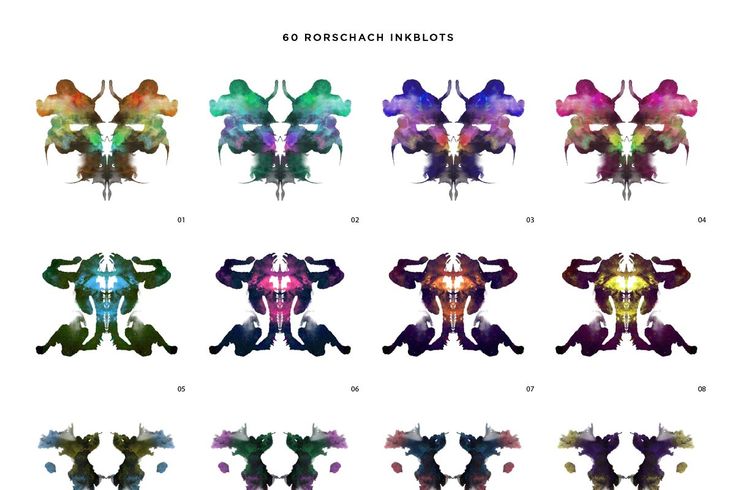 This allowed doctors to assess others by analyzing how they interpreted visual information.
This allowed doctors to assess others by analyzing how they interpreted visual information.
To market the tool as a key to unlocking secrets of the human mind, Rorschach promoted it as a “psychological X-ray.”
The Rorschach test, used in conjunction with other diagnostic tools, is a projective measure for identifying a person’s state of mind and various personality traits.
The inkblots have up to 300 different reported interpretations for each blot. You may wonder if the Rorschach test is able to help diagnose mental illness, or just an exciting means to spark your interest and intrigue.
Though Rorschach’s inkblot test is not used as widely as it once was, there are some diagnostic situations it’s still used for today.
Schizophrenia
Doctors and psychoanalysts once used the inkblot test to help diagnose mental disorders, such as schizophrenia.
This is because the Rorschach test was believed to identify common traits related to schizophrenia, specifically those relating to emotions, affect, and cognitive distortions.
For example, those with schizophrenia might have an intense reaction to inkblots, such as expressing emotional distress or anxiety from the images.
Adoption
People interested in adopting a child from the Czech Republic are required to undergo a psychological evaluation and submit the psychologist’s report as part of their application documents.
The main psychological evaluation requires conversations with a therapist as well as the Minnesota Multiphasic Personality Inventory (MMPI) — a standardized test of more than 300 true or false questions to assess a person’s mental health and personality.
However, in addition to this mandatory evaluation, applicants are also strongly encouraged to undergo the Rorschach test, which is not only used to assess the applicants’ suitability as adoptive parents but also help match them with a child.
Creativity
Back in the 1950s, the inkblot test was used to measure intelligence and creativity, and famous artists like Andy Warhol used the inkblot patterns to trigger their imaginations to create art.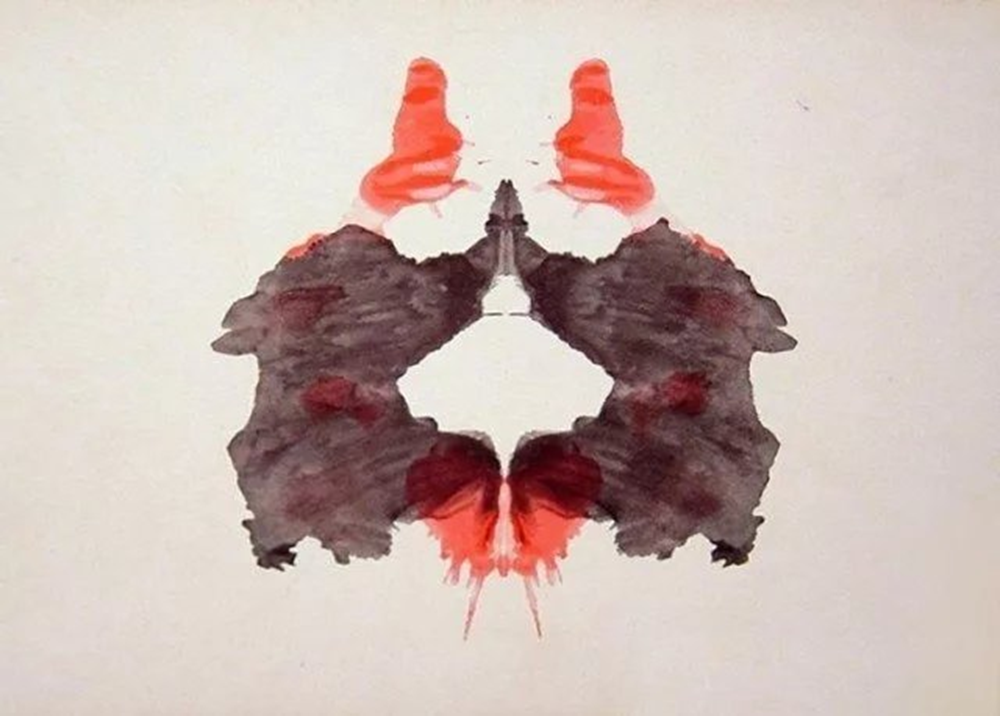
A 2014 study also highlighted that those who experience higher emotional stress during the Rorschach test may have greater creative strength.
When analyzing your responses to the inkblots, a mental health professional can learn about different areas of your personality, including:
- coping style
- emotions
- stress management
- mediation
- self-perception
- interpersonal relationships
- cognitive meditation
Testing
Each inkblot is specifically designed to look like many possible images.
Your doctor or therapist typically looks for three things in your response:
- what you perceive
- where it is in the inkblot
- how the inkblot feature contributes to your response
Next, the clinician categorizes your response as:
- human
- animal
- inanimate
- reflective
- paired
- shading
- color
- depth
- symmetry
- other specific characteristics
Scoring
The clinician applies scores to your responses using a coding system, known as the Exner system. The scoring system is time-consuming and complex.
The scoring system is time-consuming and complex.
Interpretation
Interpreting Rorschach inkblot tests requires a high level of knowledge, skill, and training. The interpretation is also done with extensive supervision.
Some professionals might use a computer system to analyze your scores, but this may not be reliable enough on its own. That’s why many use both the standard test and computer-assisted scoring methods.
As mentioned, the Rorschach test comes with concerns and controversy.
Self-reported data
The only data measured is spoken by the person tested. So, anyone can misrepresent or incorrectly verbalize what they see in the inkblots, whether intentional or not.
Therefore, the person being tested must feel comfortable being open and honest with the clinician while also remaining fully cooperative to ensure accuracy.
Individuality
Testing tends to assume that people with certain mental health diagnoses have a significant amount of overlap in symptoms.
However, people are unique and can exhibit different behaviors and symptoms in their individual diagnoses.
Predicting behaviors
Like the weather, predicting behaviors isn’t always possible.
The human brain is complex and multi-dimensional, influenced by your environment and your body’s physiology. This could mean that your test’s predictions may not be accurate.
The Rorschach inkblot test may not be a foolproof way to identify one’s thoughts. However, when used with other testing measures, it may help identify emotional functioning, personality traits, and specific mental illnesses, such as schizophrenia.
The test may also be an excellent way for you and your new therapist to begin the conversation and review any concerns bothering you. Taking an inkblot test, although timely and potentially costly, can allow you to shine a light on some of your subconscious thoughts.
If you are experiencing mental illness, you can find a therapist near you by checking out Psych Central’s guide to seeking mental health care, or browsing the many mental health apps available.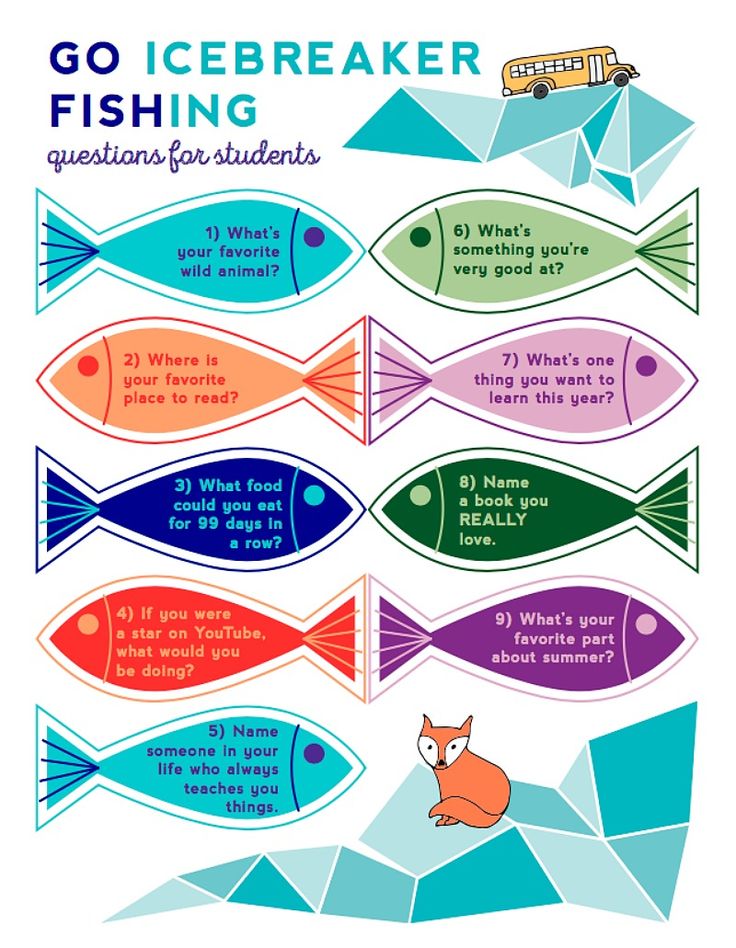
When you ask for help, you are taking a positive step in improving your mental health and wellness. Being open and honest with your therapist can allow them to learn more about you and your symptoms, while gaining better insight into the causes of your behaviors and issues.
How to remove ink from clothes: 8 simple and effective ways
July 14, 2021 Tips
Soda, citric acid and even shaving foam will help.
Share
0What you need to know before you start washing
- The easiest and most effective way to get rid of an ink stain is to take it to the dry cleaners. It will not be cheap, so this option is justified only in the case of clothes made from delicate and expensive materials.
- Do not over tighten with washing. The fresher the stain, the easier it is to get rid of. If the ink has eaten into the fabric, not only home, but also professional methods using chemical reagents may be powerless.

- Whenever possible, use store-bought cleaners that say they can remove ink on the label. Such preparations have a specially selected chemical composition, the most effective against marks from a ballpoint pen.
- Before applying the product to the stain, test it on an inconspicuous area of \u200b\u200bthe clothing - for example, in the area of \u200b\u200bthe seams or under the arm on the inside of the product. This way you make sure that the color and structure of the fabric will not be affected.
- If the method you have chosen does not work, go to the next one.
How to remove ink with a stain remover
What you need
- Store-bought stain remover or Antipyatin soap.
- Laundry soap.
- Cool water.
- Small basin.
What to do
Apply stain remover to the ink mark or wash it as directed in the instructions for your chosen product. Leave for 5-10 minutes. Then wash off with cool water.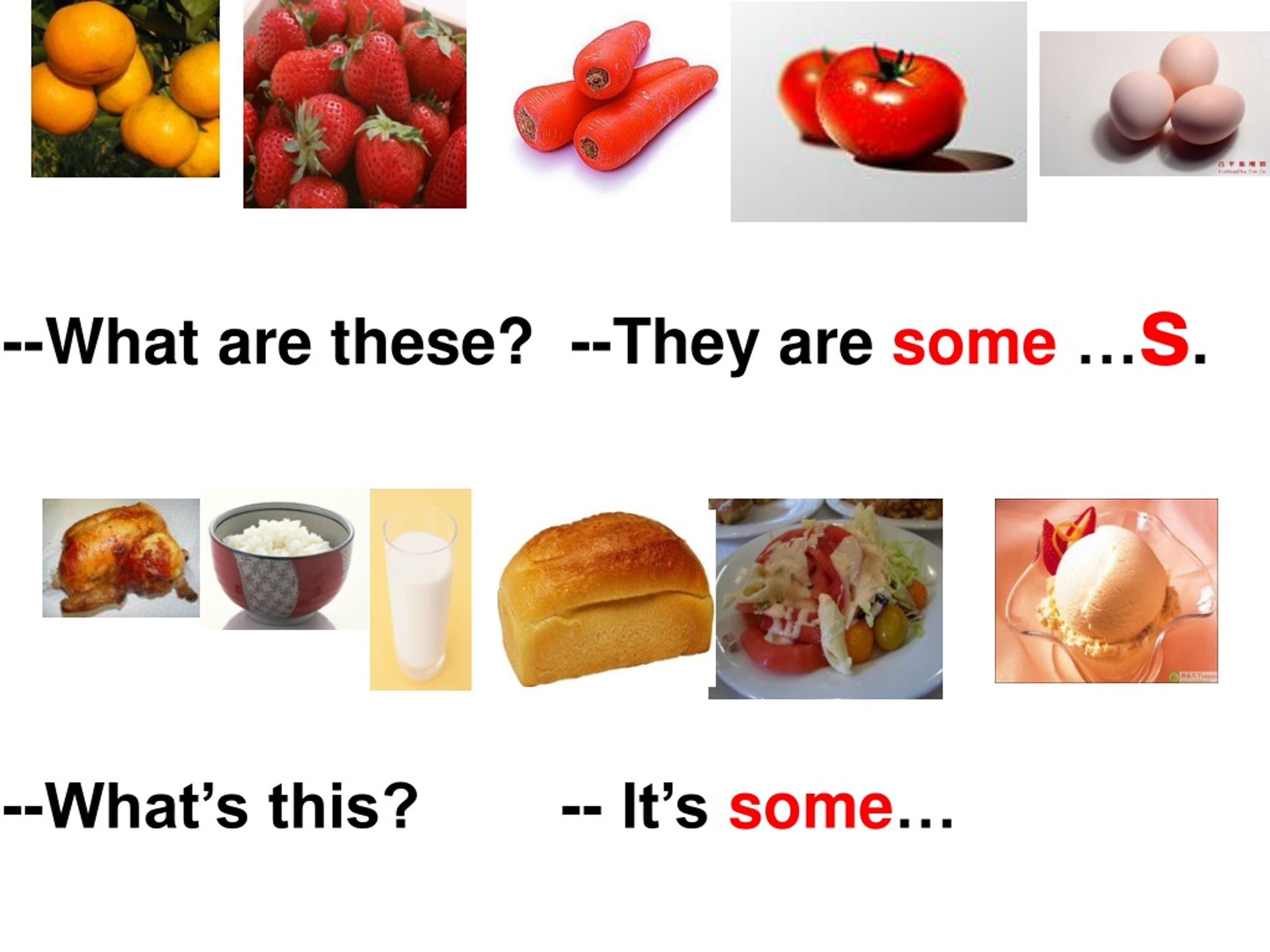 Remove stains with laundry soap.
Remove stains with laundry soap.
How to remove ink with milk
What you need
- Milk.
- Cotton pad.
- Water at room temperature.
- Small basin.
- Washing powder.
What to do
Using a cotton pad, generously apply milk to the ballpoint pen mark. Leave on for 20-30 minutes. For greater effect, some housewives recommend soaking stains in milk for several hours, or even overnight.
If the ink is not completely gone, you can lightly rub the fabric. Then machine wash the clothes with the powder.
How to remove ink with citric acid
What you need
- Fresh lemon juice or food grade citric acid.
- Water at room temperature.
- Small basin.
- Cotton pads.
- Vinegar.
What to do
Rinse the area of clothing stained with a ballpoint pen in water. Then soak a cotton pad in lemon juice or a solution of citric acid (half a teaspoon of crystals in half a glass of warm water, stir thoroughly) and lightly work the damp cloth.
Rinse off the acid with water, wipe the area to be treated with vinegar, and rinse thoroughly again.
How to remove ink with alcohol
What you need
- Ammonia or rubbing alcohol.
- Cotton pads.
- Warm water.
- Small basin.
What to do
Pour alcohol over the ink stain. To help the liquid penetrate deeper, dip a cotton pad in alcohol and press the solution into the cloth several times. Leave on for 20-30 minutes.
Then carefully and vigorously wipe the stain again with a cotton pad soaked in alcohol. You may have to change it to a clean one a couple of times.
How to remove ink with mustard powder
If you want to try this method, please note that mustard can stain fabric. Therefore, do not experiment with snow-white clothes or underwear - for them it is better to choose a different cleaning option.
What you need
- Mustard powder.

- Water.
- Small container, such as a deep dish.
- Old toothbrush.
What to do
Mix mustard powder in a small amount of water until it becomes a paste.
Using a toothbrush, apply the mixture generously to the ballpoint pen mark. Don't rub!
Footage: @All about washing machines and household appliances / YouTubeLeave the mustard for 15 minutes. Then scrub with a toothbrush for about a minute and rinse the cloth thoroughly. Even large spots after such treatment disappear completely.
Personnel: @All about washing machines and household appliances / YouTubeHow to remove ink with soda and vinegar
What you need
- Baking soda.
- Vinegar.
- Hot water.
- Toothbrush.
- Laundry soap.
What to do
Prepare the cleaning solution: add a couple of drops of vinegar and a teaspoon of baking soda to half a glass of water and stir. Apply the sizzling mixture to the site of contamination.
Leave for 15 minutes. Then scrub the stain thoroughly with a toothbrush and rinse the cloth in clean water.
If the pen mark is still visible, wash it with laundry soap.
How to remove ink with glycerin
What you need
- Pharmaceutical glycerin.
- Toothbrush.
- Warm water.
- Washing powder.
- Small basin.
What to do
Using a toothbrush, apply glycerin to the ink stain. When it is absorbed, soak the fabric in the cleaning solution (a couple of liters of water per tablespoon of powder) and leave for 30 minutes. The stain will not disappear, but will become pale.
Then wash the clothes in the same detergent solution and rinse thoroughly with clean water.
How to remove ink with shaving foam
What you need
- Shaving foam.
- Warm water.
- Small basin.
What to do
Squeeze shaving foam onto the affected area.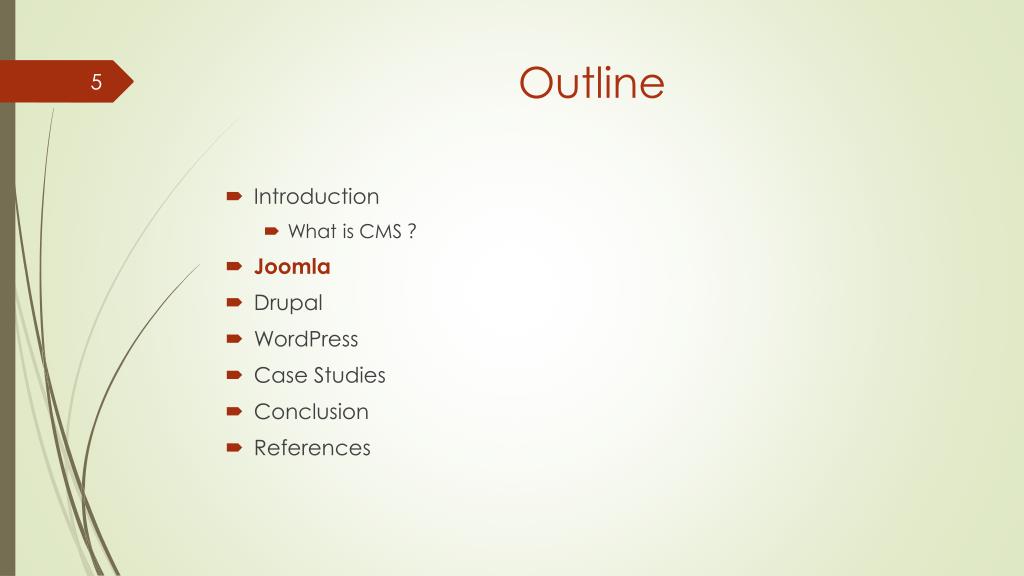 Wait until she settles. Then wash the stain thoroughly with your hands and rinse in clean water.
Wait until she settles. Then wash the stain thoroughly with your hands and rinse in clean water.
Read also 🖌🧽🧺
- How to remove sweat and deodorant stains: 12 cheap and effective remedies
- 11 unexpected ways to use ammonia in everyday life
- How to clean greenery and iodine from any surface
- How to remove coffee stains from dishes and textiles
- How to remove cosmetic stains from clothes, furniture and carpets
How to quickly and effectively remove ink stains? — Home
You are interested in the answer to the topical question "How to quickly remove an ink stain?". Then be sure to read this article to the very end. Not only a child, but also an adult can stain clothes with a dye from a ballpoint pen. Modern manufacturers offer a wide range of household chemicals that can cope with almost any stain. However, not every housewife has the money to buy such expensive stain removers. Ink should be removed from clothing immediately, while it is still “fresh” and has not had time to penetrate deeply into the fabric. Use simple, effective ways to remove ink stains using improvised tools that are in almost every home.
Use simple, effective ways to remove ink stains using improvised tools that are in almost every home.
Helpful Hints for Housewives
Do you want your ink stain removal procedure to be as effective and safe as possible for your clothes? Then be sure to follow the tips below from experienced housewives.
- It is advisable to start removing ink stains as soon as possible. When the substance dries, it will be very difficult to get rid of it.
- If you see a ballpoint pen stain on your clothing, blot it immediately with a damp cloth, towel or plain paper. So you can quickly remove ink from the fabric that has not yet been absorbed.
- Coloring matter in the washing process is strictly prohibited now. From this, it not only does not disappear, but also significantly increases in size, and the ink penetrates very deeply into the fibers of the fabric.
- Ink spots are removed on a flat hard surface. Under the soiled material, it is imperative to place a cloth napkin so as not to accidentally contaminate the table or ironing board.
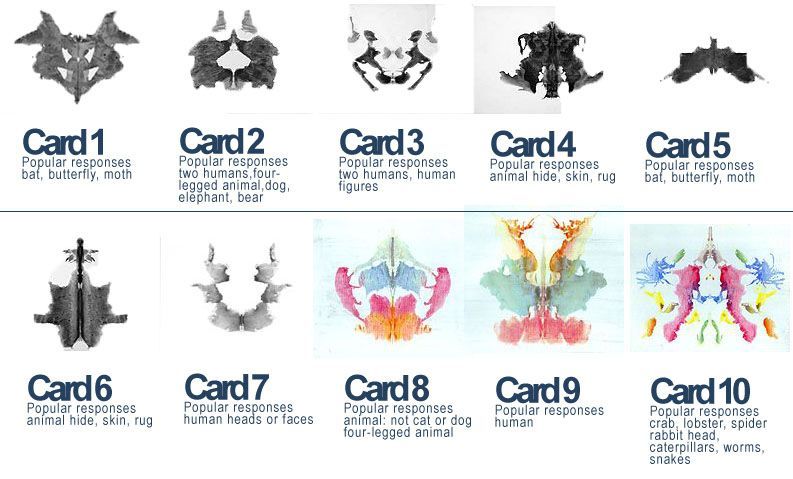
- Be sure to change the cotton pads during the treatment of contamination, they must always remain clean.
- It is necessary to remove the stain from the edge to the central part. This way you can prevent the ink from spreading across the material.
- The stain remover used must first be tested on the wrong side of the garment.
If you strictly adhere to these rules, you can easily and quickly remove ink stains from clothes. These rules apply to all materials and types of stain removers.
Pretreatment
How do I start removing ink stains from fabric? If the clothes just left a small mark from a ballpoint pen, it can be washed off with warm water and soap. If the stain persists, scrub it with an old, discarded toothbrush.
For a large and “fatty” stain, this method cannot be used if you do not want the ink to spread over the material. So that the contamination does not increase in size when wet, pre-treat it with paraffin or wax.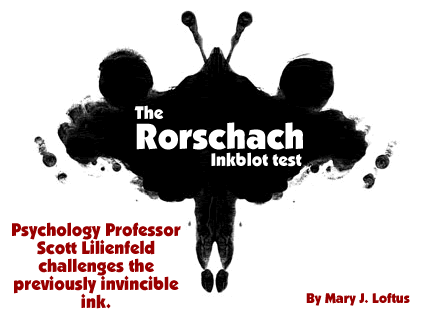 First, such a tool must be melted, and then use a toothpick or cotton swab to process the borders of the stain. The substance must completely saturate the fabric, only after that you can proceed directly to the removal of ink.
First, such a tool must be melted, and then use a toothpick or cotton swab to process the borders of the stain. The substance must completely saturate the fabric, only after that you can proceed directly to the removal of ink.
How do I remove ink with alcohol?
Fresh ballpoint pen stains can be removed with common rubbing alcohol, ammonia, hydrogen peroxide or any other alcohol-containing substance. Consider some of the most effective ways.
- White clothes are best cleaned from ink stains with hydrogen peroxide. However, this method is only suitable for polyester fabrics. First of all, completely soak the item in cold water. Don't rub the stain, just rinse. Soak a cotton pad in hydrogen peroxide 3% and carefully treat the place of contamination with it. When the stain is completely gone, wash the clothes with detergent in warm water.
- Use the following recipe to remove ink from natural fabrics (cotton, linen, silk, wool). Mix 2 tsp. alcohol and 1 tsp.
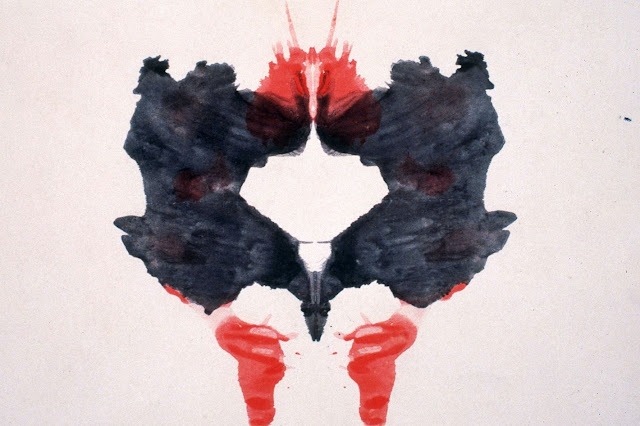 ammonia. Soak a cotton pad or cloth in this solution, and carefully treat the stain. When the ink disappears, fix the result by wiping the stained area with a cloth soaked in table vinegar. After that, you can completely wash the item by hand or in a washing machine. This method is suitable for white or beige clothes.
ammonia. Soak a cotton pad or cloth in this solution, and carefully treat the stain. When the ink disappears, fix the result by wiping the stained area with a cloth soaked in table vinegar. After that, you can completely wash the item by hand or in a washing machine. This method is suitable for white or beige clothes. - Fresh ink stains can be easily removed with any colorless alcohol solution. It is enough to moisten a cotton pad in such a liquid and carefully treat the contamination. When the ink begins to fade, blot the area with a soft sponge to remove excess alcohol from the fabric. If there is no more stain, you can proceed with the normal wash, otherwise repeat the procedure.
All of the above methods are more suitable for cleaning white clothes. The thing is that alcohol, ammonia, and even more so hydrogen peroxide can significantly change the color of the fabric, so for colored things it is better to choose other methods.
Milk and glycerin to fight ink stains
Fresh ink stains can be easily removed with common products found in any refrigerator or makeup bag.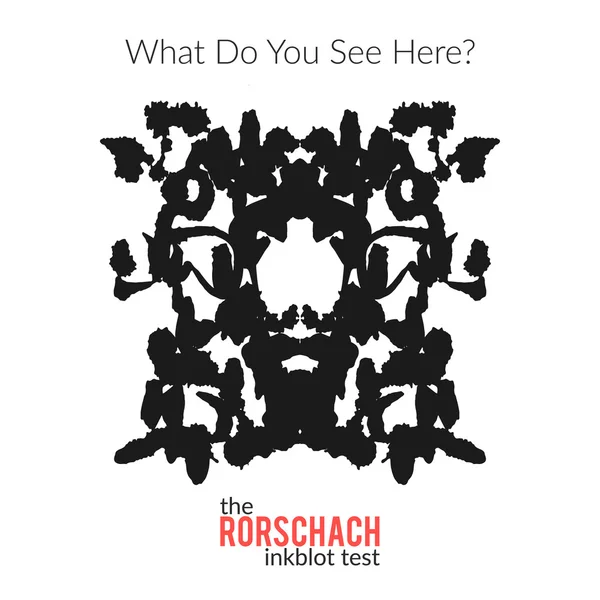 Consider some of the most effective methods that can be used for almost any type of fabric and even for leather products.
Consider some of the most effective methods that can be used for almost any type of fabric and even for leather products.
- Ballpoint pen stains can be removed with plain milk. First of all, blot a fresh stain with a dry cloth to remove any remaining dye that has not been absorbed. Wet the area to be treated with warm water, and then completely fill the item with warm milk. The fabric should soak for at least 2 hours. If the milk has changed color greatly, it must be changed to a new one. When the stain is completely gone, just wash the item.
- Soak a cotton pad in glycerin and blot the soiled area on the fabric with it. Repeat until the ink is completely gone. After such treatment, the item must be washed well with powder, rinsed in water with the addition of a few drops of ammonia.
One of the most effective and unusual ways to remove ink stains is to treat the stained area with hairspray. This method allows you to clean even old dried ink. Lacquer must be carefully applied to the ink, and then quickly blotted with a clean cloth. Repeat several times, and you will be surprised to notice that the stain began to lighten, and completely disappeared.
Repeat several times, and you will be surprised to notice that the stain began to lighten, and completely disappeared.
The most effective way to remove ink from clothes
Having trouble removing ink stains from your favorite clothes? Do not rush to send a shirt, trousers or dress to the trash can. Use the following effective methods to deal with ink.
- Mix alcohol and nail polish remover in equal proportions. Gently apply the resulting liquid to the stain, wait a few minutes, and only then wipe it with a cotton swab. The ink should lighten and then disappear completely.
- A lot of positive feedback from housewives received a solution of soda (2 tablespoons), ammonia (1 teaspoon) and water (1 tablespoon). This mixture can only be used for white clothes. After removing dirt, rinse the product in cold water.
- Black items made of natural silk can be cleaned with a special gasoline soap. Unpleasant smell will disappear immediately after washing.
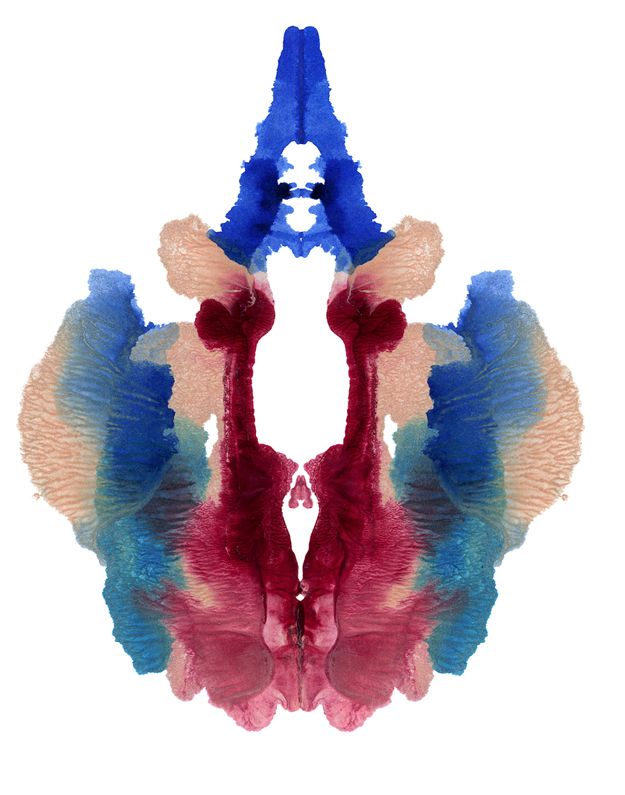
- A few tablespoons of dry mustard powder should be diluted with water to make a thick slurry. This mixture is applied to the ink stain, and left for 24 hours. After this time, the hard crust is carefully scraped off, and the clothes are washed in warm water.
- Ink stains on outerwear can be easily removed with regular lemon juice. If the dye has already dried, add a little salt to the juice. This will help to get rid of pollution much faster.
If all the above methods do not work, contact your dry cleaner. One-time cleaning of clothes from ink stains will cost you much less than buying a quality stain remover.
Using household chemicals
Sometimes an ink stain cannot be removed with simple improvised means. In difficult situations, use household chemicals. For example, colored paint can be removed from a white fabric with normal whiteness. Dissolve chlorine bleach in water, soak soiled clothes in such a liquid for several hours, then wring out and send to the washing machine.
You can also buy stain remover “Dr. Beckmann. This product is specifically designed to remove ink stains from printers and ballpoint pens. The drug is recommended to be used for fresh stains, apply according to the instructions. However, with the help of the stain remover “Dr. Beckmann" you will not be able to remove black stains. For such inks, ARENAS is better suited. A lot of positive feedback received the drug "Antipyatnin" from a Russian manufacturer. This tool is not expensive at all, but it fights ink pollution very well.
If not only clothes are dirty
Your ballpoint pen or ink from the printer has leaked, and the paint has got on the carpet, furniture. Warm acetic acid will help to cope with such pollution. Heat the liquid, soak a cotton swab or cotton pad in it. It is necessary to process the fabric surface with such a tool very quickly and accurately. Immediately after the ink has been removed, carefully treat the area with ethyl alcohol and then rinse with water and a few drops of ammonia.
Heating acetic acid releases harmful fumes. They are strictly forbidden to inhale. Surfaces should be treated outdoors or in a well-ventilated area. Some housewives claim that they were able to remove the ink stain with a napkin dipped in regular beer.
How to quickly remove ink from leather?
If you stain your favorite leather bag or jacket with ink, don't worry. You can easily and quickly remove paint marks at home. For this you can use:
- Eraser;
- Turpentine mixed with salt;
- Rubbing alcohol;
- Scotch;
- Hand cream or pure glycerin.
If the stain is fresh, sprinkle the affected area with salt and leave for a few days. After this time, remove the salt with a dry brush, and then wipe the surface of the material with a cloth soaked in turpentine.
Ballpoint pen marks can be removed with adhesive tape. Cut off a small strip of adhesive tape, apply it to the dirt, and press firmly. Tear off the tape sharply, and you will see that all the coloring element remains on it.

